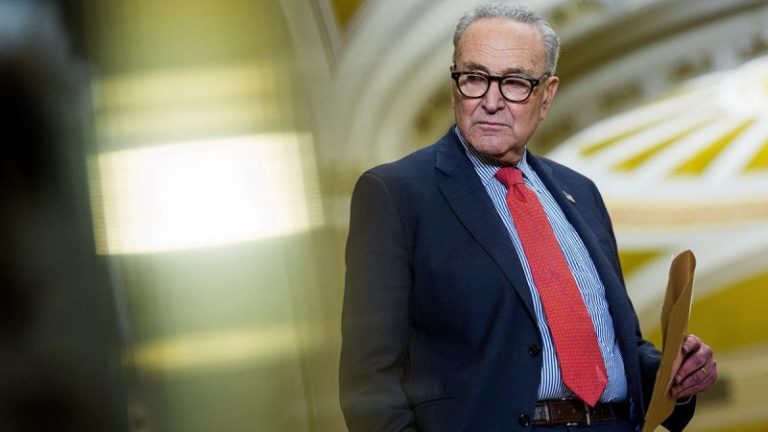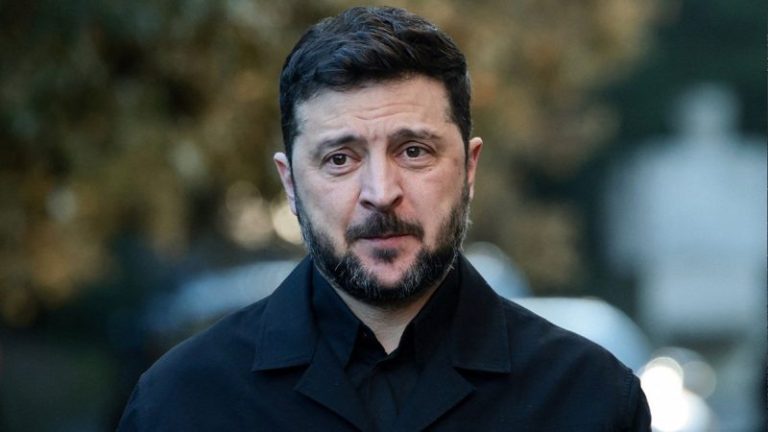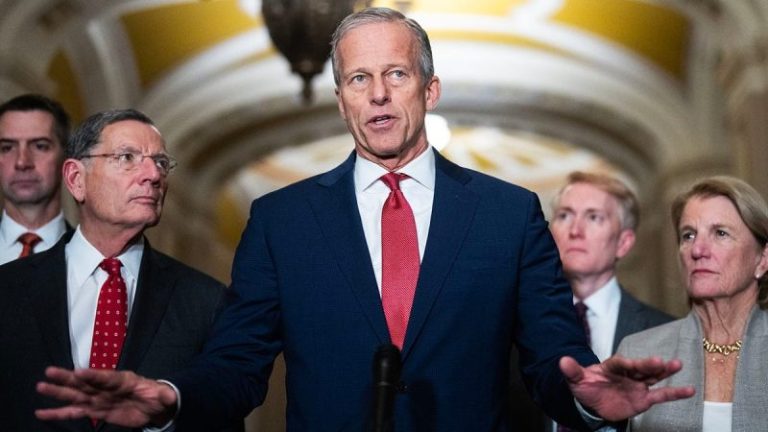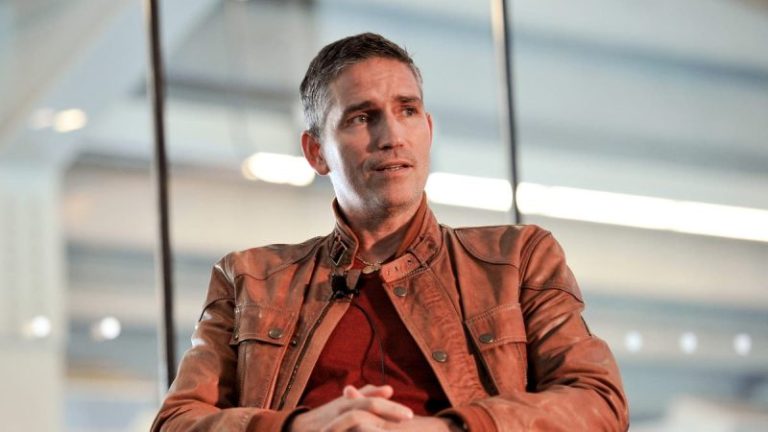President Donald Trump pushed back on a rumor that he was looking to replace Homeland Security Secretary Kristi Noem and told reporters that he believes she has been ‘fantastic.’
‘I read a story recently that I’m unhappy with Kristi — I’m so happy with her… We have a border that’s the best border in the history of our country. Why would I be unhappy? She’s fantastic, actually,’ Trump told reporters during a roundtable with business leaders on Wednesday.
The president’s remarks follow a recent report from MS Now stating that a White House official said that Noem was on ‘very thin ice.’ The report claimed that Trump was looking to replace Noem as early as January, and that White House Deputy Chief of Staff for Policy Stephen Miller was leading the push to replace her.
According to the report, Miller and other White House officials were frustrated with Noem because they were displeased with the pace at which she was working to build new detention centers. Additionally, the report claimed that several governors had called Trump to voice complaints about Noem’s handling of FEMA and disaster relief funds.
On Monday, the White House firmly denied the report and accused MS Now of running a false narrative.
‘Everything about this is total Fake News. Secretary Noem is doing a great job implementing the President’s agenda and making America safe again. MS Now continues to beclown themselves by inventing narratives that simply are not true,’ White House spokeswoman Abigail Jackson said in a statement.
DHS Assistant Secretary Tricia McLaughlin also weighed in on the report in an exclusive statement to Fox News Digital, saying, ‘I can’t speak for the president, but I’ve seen more credible reporting on Big Foot.’
During the roundtable on Wednesday, Trump also shut down rumors that he was dissatisfied with War Secretary Pete Hegseth over the controversial U.S. military strikes on alleged drug smuggling boats. Trump said his feelings about Hegseth’s work were ‘very much the opposite’ of what was being reported and he called the war secretary ‘phenomenal.’
Trump joked that he would ‘have to think about’ Secretary of Commerce Howard Lutnick, who was sitting at the table, before going on to praise him. The president similarly praised Treasury Secretary Scott Bessent and Education Secretary Linda McMahon.
Fox News Digital’s Anders Hagstrom, Preston Mizell and Bonny Chu contributed to this report.










